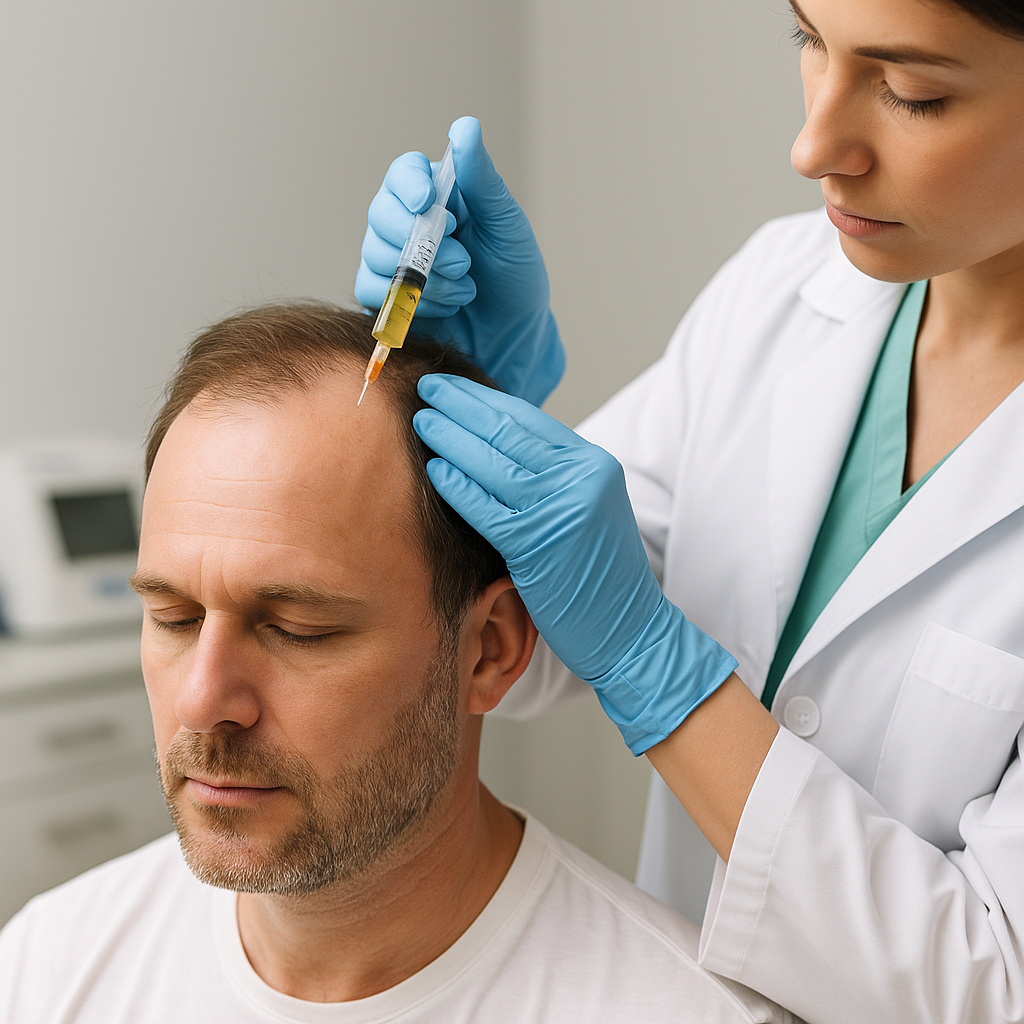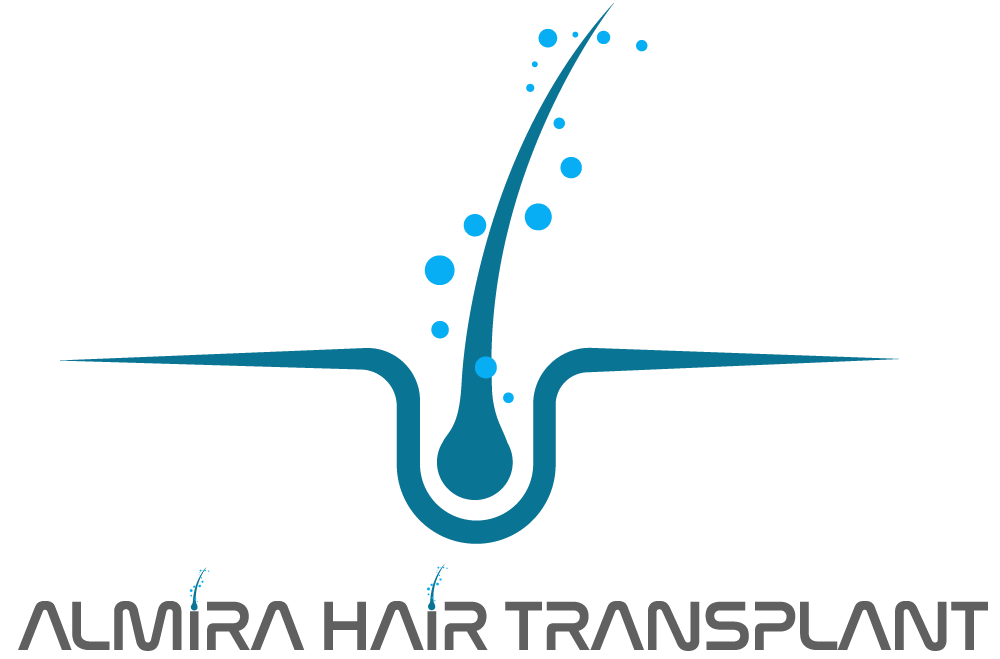PRP After Hair Transplant: Number of Sessions and Application Intervals

PRP After Hair Transplant: Number of Sessions and Application Intervals
A hair transplant is one of the most effective and permanent solutions for individuals experiencing hair loss. However, achieving a successful and natural result depends not only on the surgical procedure but also on the post-transplant care and support treatments. Among these, PRP (Platelet-Rich Plasma) therapy plays a vital role in strengthening hair follicles and accelerating recovery. But how many PRP sessions are needed after a hair transplant, and how often should they be performed?
What Is PRP Therapy?
PRP, or Platelet-Rich Plasma, is a regenerative treatment in which a small amount of the patient’s blood is drawn, processed, and the plasma rich in platelets and growth factors is injected back into the scalp.
Platelets contain proteins that stimulate tissue repair and cell growth. When injected into the scalp, PRP increases blood circulation, promotes new cell regeneration, and provides essential nutrients for stronger and healthier hair growth.
After a hair transplant, PRP supports the survival of newly transplanted grafts and helps the scalp heal faster.
Why Is PRP Important After a Hair Transplant?
Following a hair transplant, the transplanted follicles go through a delicate adaptation process. PRP treatment during this period acts as a natural booster by:
-
Improving blood circulation: Enhances oxygen and nutrient delivery to the follicles.
-
Strengthening the grafts: Increases graft survival and anchorage to the scalp.
-
Reducing shock loss: Minimizes the temporary hair shedding often seen after transplantation.
-
Accelerating wound healing: Helps the micro-injuries from the procedure heal faster.
-
Enhancing hair quality: Promotes thicker, shinier, and healthier hair growth.
How Many PRP Sessions Are Needed?
The recommended number of PRP sessions after a hair transplant usually ranges from 3 to 6 sessions. The exact number may vary depending on the patient’s hair condition, scalp health, and the size of the transplanted area.
A typical PRP schedule looks like this:
-
1st Session: Approximately 15–20 days after the transplant, to support early healing and stimulate circulation.
-
2nd Session: Performed 1 month later, to help the new grafts settle and strengthen.
-
3rd Session: Around 2–2.5 months post-transplant, when shock loss tends to occur.
-
4th–6th Sessions: Can be applied at monthly intervals for optimal long-term results.
Some clinics also recommend maintenance PRP sessions every 3 months during the first year to ensure continuous follicle nourishment.
Why Are Treatment Intervals Important?
The timing between PRP sessions is crucial to maintain the biological effectiveness of the treatment.
-
If sessions are performed too frequently, the scalp can become overstimulated.
-
If performed too infrequently, the beneficial effects of growth factors diminish.
The ideal interval between sessions is 3 to 4 weeks, allowing the follicles to recover and respond optimally to each treatment.
Who Can Benefit From PRP After a Hair Transplant?
PRP therapy is safe and suitable for nearly all patients following a hair transplant. It is especially beneficial for individuals who:
-
Have weak or thin hair follicles,
-
Experience intense shock shedding,
-
Want to accelerate healing and enhance final results.
Since PRP uses the patient’s own blood, it is completely natural and carries minimal risk of allergic reaction.
Conclusion
PRP therapy after a hair transplant is one of the most effective post-operative treatments for promoting graft survival, reducing shock loss, and improving hair quality. When applied regularly and under professional supervision, it significantly enhances the overall success and longevity of the transplant.
A properly planned 3–6 session PRP protocol, spaced at regular intervals, ensures stronger, denser, and healthier hair growth.
Remember — achieving the perfect hair transplant result doesn’t end in the operating room; it continues with consistent care and scientifically supported treatments like PRP.


